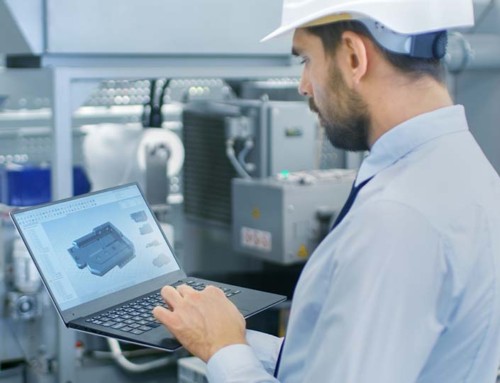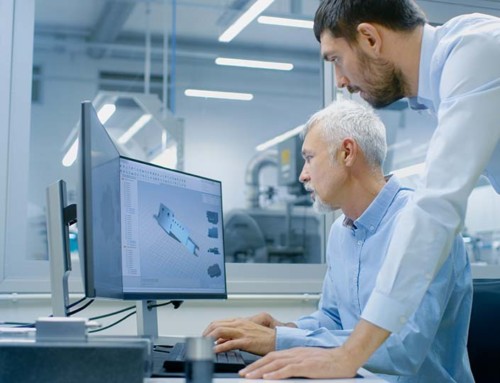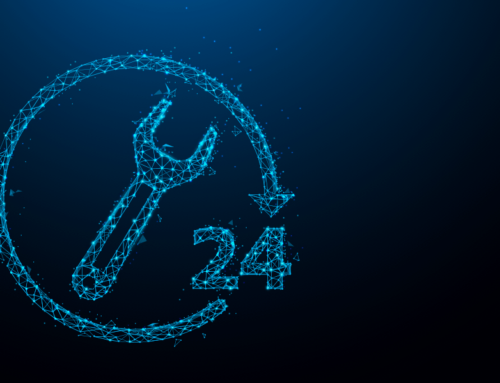The air compressor does not start
-
Check the fuse, motor, and thermal relay and other equipment. Ensure that these devices are in a normal operating state. If there are problems or hidden dangers, relevant measures need to be taken to replace these devices in time.
-
Check the pressure and temperature sensor and start button. If there is a disconnection or poor contact, it needs further inspection.
-
Check the controller program. If it is a procedural error, you need to change the phase sequence of the power supply.
-
Inspect the body. If the body still cannot be rotated by pushing it with an external force, the manufacturer needs to deal with it.
The exhaust pressure of the air compressor is too low
-
Check the pressure before and after separation.
-
Check whether the gas pipeline is leaking. Check whether the butterfly valve is fully opened.
-
Check whether the air intake regulator is working normally. Check whether the solenoid valves 3SV and 8SV are leaking.
-
Check whether the pressure switch IPS needs to be readjusted, etc.
The exhaust temperature of the air compressor is too high
-
Check the cooling fan of the body’s own cooling system to see if it can operate normally.
-
Check that the air duct of the cooler is not blocked by foreign matter. If there is a problem, it must be cleared in time.
-
Check the quantity and specifications of lubricating oil. If the lubricating oil level is below the red line, you need to add oil. To ensure the application of oil products.
-
Check the air filter. Excessive impurities will also affect the temperature control of exhaust gas. Generally speaking, the frequency of unclean air filter and clogged oil filter is higher.
-
Check the thermal control valve.
High oil content in the air
-
Check the oil level of the lubricating oil to ensure that the oil level is within a reasonable range.
-
Check that the restrictor hole of the return pipe is not blocked. If a blockage occurs, the oil return pipe needs to be disassembled for cleaning.
-
Check the oil fine separator. The failure of the oil fine separator will also result in higher oil content in the air, which requires replacement of the oil fine separator.
-
Check the exhaust pressure to ensure that it is within the specified range.
Cannot run at full load
- Check the control pipeline, focusing on whether there is any leakage. If there is a leak, you need to lock the leak position to ensure that there are no gaps in the control pipeline.
- Check the capacity adjustment valve and replace it in time if there is a problem.
- When the pressure sensor cannot work normally, it needs to be replaced.
- Check the intake valve. Lubricating grease can be added to the intake valve to ensure smooth movement.
- Check the pressure maintenance valve, if there is a failure, the valve seat can be disassembled first. Confirm whether the check valve plate is worn out, and replace it in time.
The exhaust temperature of the air compressor is too low
- Reduce the heat dissipation area of the cooler. If the temperature is not raised to the normal range, the exhaust gas temperature gauge needs to be checked. Ensure its normal use.
- Check the thermal control valve, and replace it in time if there is a fault.
The operating current value exceeds the normal range
- Check the transmission belt. If the belt is too loose, it may cause idling. It is because the current is loud. Tighten the belt to solve the problem.
- Check the oil and gas separator. You need to make sure that the lubricating oil used meets the relevant regulations. If you use substandard lubricating oil, it is easy to cause the oil-air separator to malfunction. You need to replace the appropriate lubricating oil.
- If the exhaust pressure value is high, check the pressure setting of the controller. Adjust the pressure setting so that the inside is within the normal pressure range.
- Check whether the compressor can operate normally.








When someone writes an post he/she retains the plan of a user in his/her brain that how a user can know it.
Thus that’s why this piece of writing is amazing. Thanks!